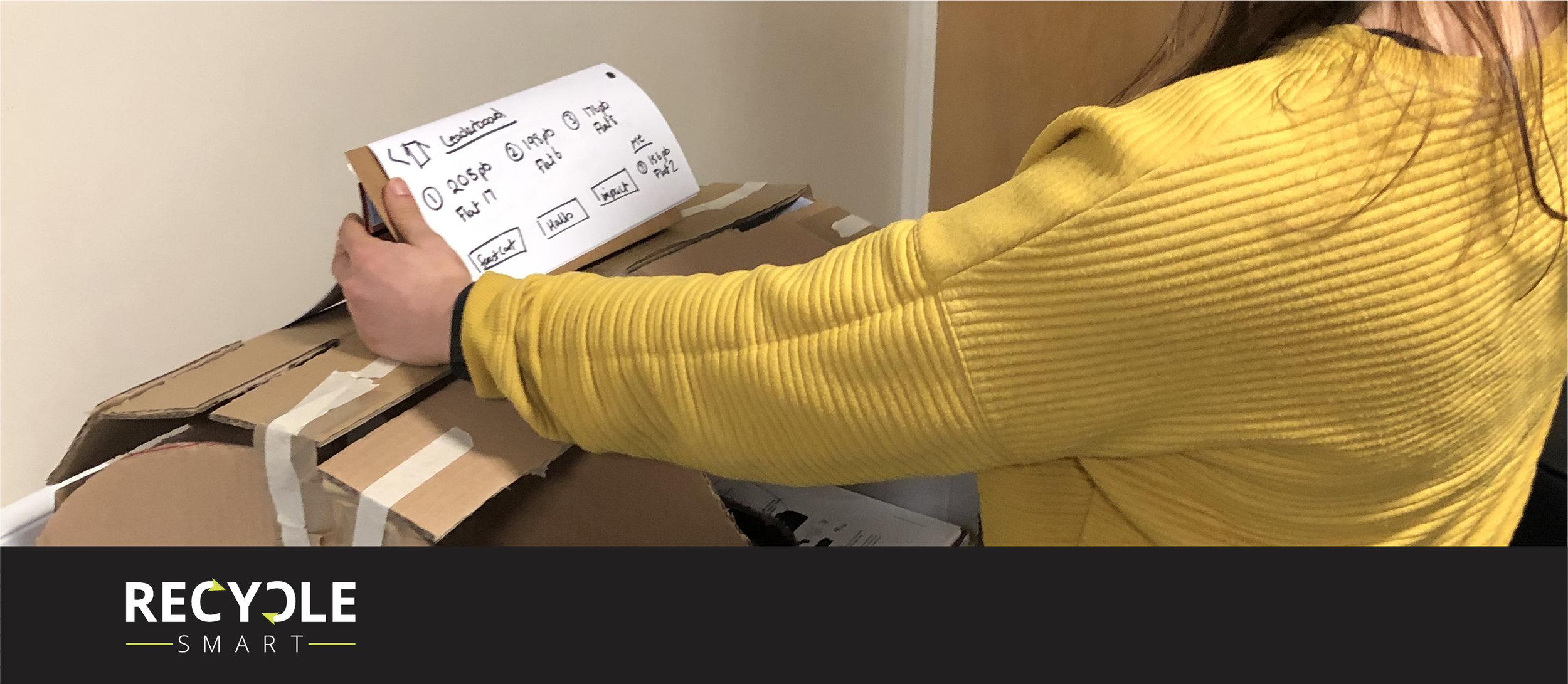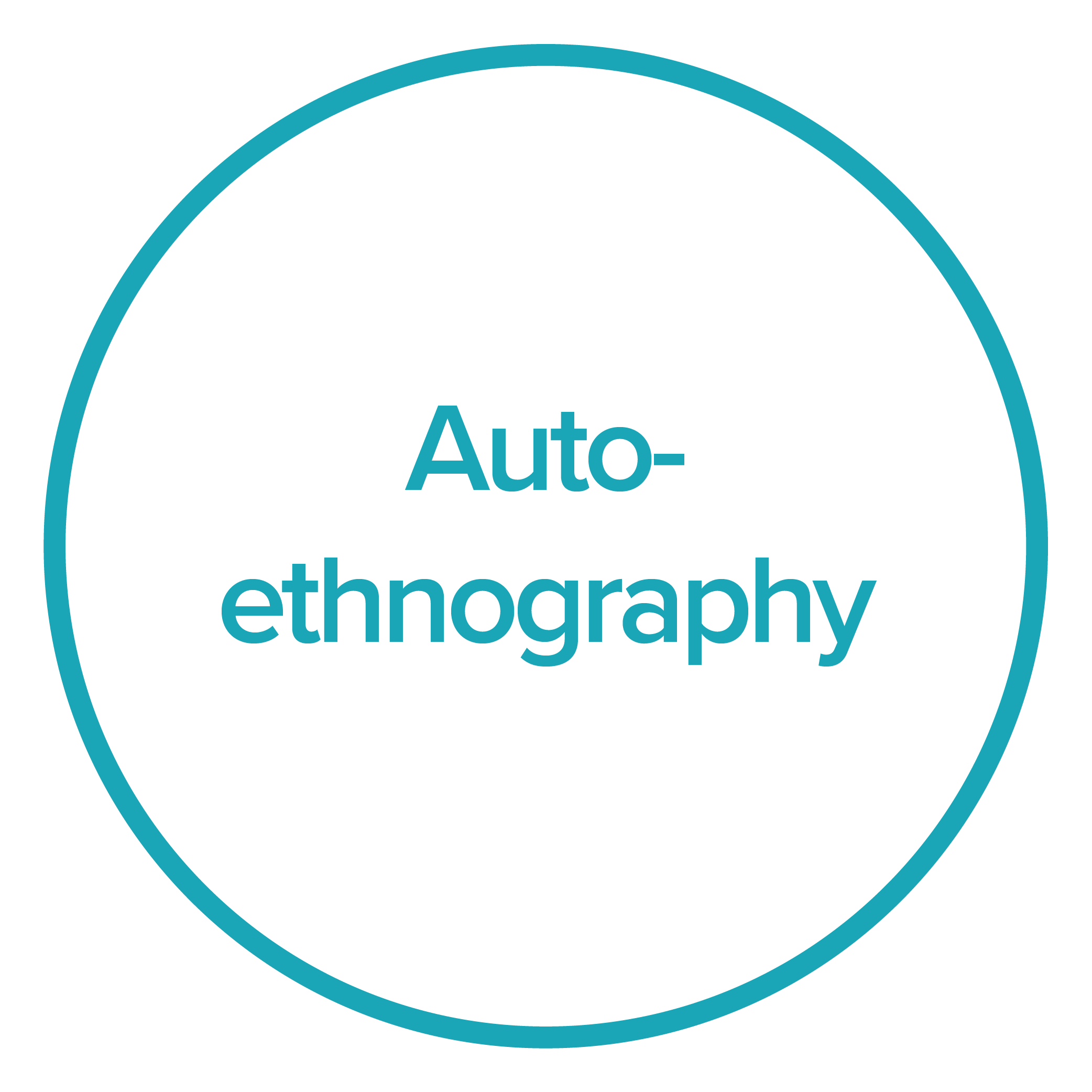Recycle Smart

OVERVIEW
Project Duration: 15 weeks
Recycle Smart is a dual smart bin that can be placed in a student’s kitchen or bedroom to encourage recycling during a student’s busy life. Students tend to be busy and on the go, so they need a quick solution recycle. With the LED touch screen and camera features, the Recycle Smart can give the students the knowledge they need!
BACKGROUND
Recycling has become a big talking point in the media over recent years with new recycling schemes being implemented (BBC News, 2018). This ranges from new materials being recycled to selling used and unwanted items that have been taken to recycling centres (Davies, 2018). High profile documentaries, such as Blue Planet II (2017) has brought the effect of plastic pollution into the spot light.
Loughborough University tries to combat the large amount of waste that could be recycled by placing new recycling bins throughout campus and in student halls. The Sustainability Team have provided useful information about recycling on their website, giving students the opportunity to learn more about the topic (Waste and Recycling, 2018). Despite doing this, there is still a huge amount of general waste that could be recycled, and bags of recycling rejected due to contamination. In order to discover an opportunity for change, the focus of this research is into student habits and recycling in student halls.
APPROACH
This project was split into two phases. It follows the double diamond framework.
Discover / Define
Learning the recycling habits of post-graduate students living in halls, their day to day routines and their priorities.
Develop / Deliver
Using the insights that were uncovered and behaviour change strategies to create a solution that would encourage the users to make recycling a priority.
PROCESS
Initial research into recycling in the local council, and recycling in general was conducted to get an overview into what the main problems with recycling were. This was collected through semi-structured interviews and auto-ethnography. The data was analysed using affinity diagrams and empathy maps. These were developed into key insights and how might we statements.
To create the concept, I looked into design for behaviour change strategies which could be used to encourage users to recycle more. To create the concept, crazy 8s was used and then evaluated to develop the final concept.
GOALS AND CHALLENGES
The main goal of this project was to find a quick and easy way that students can recycle in their student halls so that they don’t feel like it is taking up any of their limited time. This came with many challenges as many of the students interviewed all felt that recycling while living in halls, where there is no set recycling bin, was pointless as some flatmates would ignore the ‘rules’ and they didn’t see one another very often. Another challenge was that many of the participants didn’t know much about what they could and couldn’t recycle due to the rules are different in different counties. As recycling wasn’t their top priority they say that they wouldn’t go out of their way to find out.
DISCOVER
Target User
The focus of this project was post graduates, who try to eat healthily and cook food mainly from raw ingredients, who were living off campus.
Research
Several research methods were used with participants who fit a specific sampling selection in order to get a clear understanding of the current experience that students, both on and off campus, in order to find an opportunity for a solution to be implemented.
Semi-structured Interviews
Semi structured interviews were set up with post-graduate students who lived in student halls. They were asked questions surround their recycling habits before becoming a post-graduate student and how/if these habits had changed. I wanted to get an idea of what their lives were like as a student and what they felt about the facilities that the University have provided them, and how they differ between halls on and off campus.
Each of the interviews were conducted in the student’s kitchens in order to gather insight into where the participants cook their meals, and what facilities that they have immediately to hand that have been provided by the University.
Auto-ethnography
I conducted auto-ethnography by recording my eating and recycling habits for a week. This was recorded through photos, videos and notes. I took notes on the amount of packaging that was recyclable, and also how my knowledge of what could and couldn’t be recycled. I looked at how much packaging could be recycled when cooking meals from scratch compared with making ready made food. Afterwards, I reflected on how easy it was to use provided facilities and reasons why I choose to not to recycle at certain times.
Data Analysis
To synthesise the data collected from the research methods, a couple of methods were used to help develop the findings into insights.
DEFINE
Once all of the data was collected, it was analysed used a couple of methods.
The interviews were analysed using an affinity diagram, while the auto-ethnography was analysed with an empathy diagram that was then transformed into an affinity diagram.
Insights were drawn from the analysis and were then refined through a matrix which derived key insights. A list of how might we statements were created in order to think about the different ways in which a solution could be focused.
Interviews affinity - phase 1
Interviews affinity - phase 2
Auto-ethnography affinity - phase 1
Auto-ethnography affinity - phase 2
Key insights matrix
How Might We Statements
From the key insights developed, I created a number of HMW statements that would help to focus the project, and be used for quick ideation. These statements were put onto an evaluation matrix to ensure that the right solution would be developed.
DEVELOP
Current Behaviours
From the research, a number of behaviours were uncovered that could contribute to the users not recycling as much as they should. I decided that to be able to create a solution, I would need to know which behaviours are more likely to be changed with a solution, and which ones are can only be changed through a change in the user’s circumstance.
I created a matrix which would order the different wants and behaviours in order of likeliness to be changed in order to get a better understand of what kind of solution would work, and what were the most important features for the solution to have.
Behaviour Change Strategies
In order to create a solution that would help users to accomplish their tasks as easy as possible, but also encourage them to recycle, behaviour change strategies were researched. These were assessed before a number of them were chosen to be used within the solution.
Crazy 8s
A short crazy 8s session was completed, using a combination of HMW statements that were in the focus area of the evaluation matrix. From this session, 3 of the ideas were selected to be taken forward. Each idea was compared against the behaviour change strategies before element were combined in order to develop into a final concept.
DELIVER
Lo-Fi and Experience Prototype
The concept was decided upon, and then a lo-fi prototype was created to show what the product would look like. This prototype was experience prototyped with a target user. Following the prototyping session, a discussion took place to gather feedback was given and potential changes discussed. Other elements such as size, shape and colour were discussed that would be shown through a hi-fi visual to get the user’s comment.
Hi-Fi Visual
With the comments and feedback from the user, a visual of what the final product would look like was developed. This included example screens as well as the final product.
Final Concept
Recycle Smart is a recycling bin that has an LED screen and camera that allows you to quickly scan a piece of packaging and the correct side of the bin will light up. This takes away times that the user spends on finding whether the packing is recyclable or not. There is also a feature on the screen that asks you questions about your item if it doesn’t have a barcode.
Each item that is recycled will earn the flat points in which they compete against other flats in their halls, and the halls competes against other halls. There will be a weekly prize which would include money off at the union, which will encourage users to recycle.
A feature on the LED screen is a knowledge base. It will give interesting pieces of information about recycling, and produce a QR code that can be used to find out more information about plastic pollution and how you can help the environment.
Features
LED touch screen would allow you to scan a products barcode, answer questions to determine whether its recyclable, check on the ongoing competition between flats and halls, as well as have to opportunity to learn more about recycling.
There is a sensor inside the rim of the green section to detect when something has been placed inside it. Each item to be recycled gives the bin a ‘point’ towards the competition.
Green is associated with recycling. Bright and colourful to attract users. Grey is dull and boring. This would discourage users to throw away.
The bin is split 1:2 to encourage more recycling than general waste. General waste would need to be emptied more due to size, so this will encourage users to recycle.
Visuals
The Bin
Example screen visuals
Phone app

























